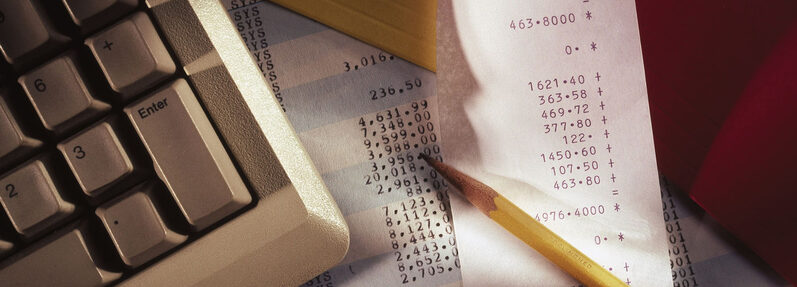
When companies need to purchase large machinery or equipment, operating or capital lease options are available as the type of leasing transaction for their books and records. There is a distinction between capital and operating leases and how it’s recorded for financial statement and tax purposes. Capital leases are deemed as if you own the asset. These assets are capitalized and depreciated depending on the useful life. Operating leases are not capitalized or shown on your balance. Operating lease payments are typically deducted from your income on your financial statements as an expense. Understanding the differences between the two can help you plan how the transaction is recorded on your books and records.
Capital Lease
Capital leases are also known as finance leases. In a capital lease transaction, the risk and reward of the leased asset is transferred to the lessee. When leasing an asset under a capital lease, it’s deemed as if you took a loan to purchase the asset so the asset must be shown on your balance sheet and depreciated.\
A lease must be considered a capital lease if any of the following are met:
- The lessee has the option to own the asset at the conclusion of the lease.
- If the transaction is a “lease to own” transaction.
- If the lease term is over 75% of the useful life of the asset.
- If the present value of the minimum lease payments required is at least 90% of the fair value of the asset at the inception of the lease.
- If the lessee bears the cost of insurance maintenance and taxes.
Capital leases must be capitalized and shown on your balance sheet. Depreciation and other administrative costs of the equipment can be deducted.
Operating Lease
In an operating lease transaction, all the risk and rewards related to the machinery or equipment remains with the lessor. With an operating lease arrangement, the asset that is lease is considered an expense and is not shown on the balance sheet. For tax purposes, the lease payments are considered deductible when paid, so no depreciation deduction is taken. In most cases, smaller assets such as computers, TV’s, and other smaller cost assets are treated as operating leases.
Certain criteria must be met in order for a lease to be considered an operating lease:
- The equipment is returned to the lessor after the lease term which was agreed upon has ended.
- The lease term is less than 75% of the useful life of the asset. For example, if you have a machine that has a useful life of 10 years, the lease term much be at most 7.5 years to be considered an operating lease.
- The lessee must not have the option to buy the asset after the lease term.
Summary
Depending on the conditions of the lease transaction of your machinery or equipment, you can get different answers for financial statement and tax purposes. It’s important to understand the implications of expensing lease payments and deducting depreciation on a capitalized asset.
